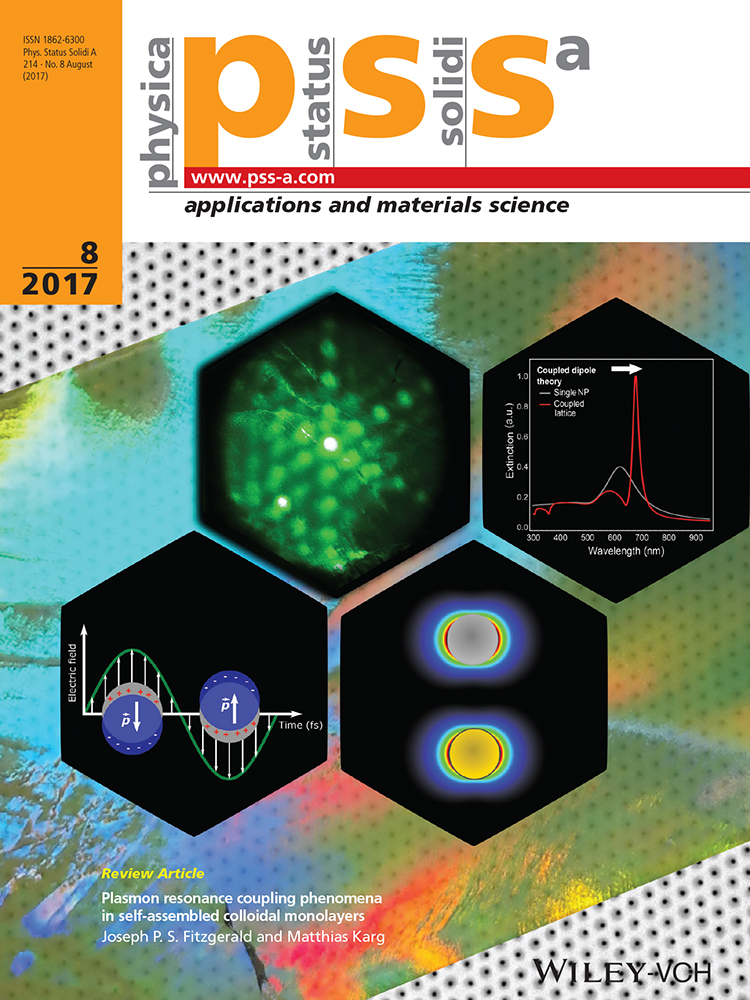CaTiO3:Er3+,Ni2+ broadband-sensitive upconverter: An effective way to harvest unused NIR solar irradiation for crystalline silicon solar cells
Abstract
We have realized broadband-sensitive upconversion (UC) in CaTiO3:Er3+,Ni2+ that can harvest 1060–1630 nm photons, which are not utilized by present crystalline silicon (c-Si) solar cells, and upconvert to 980 nm. The Ni2+ sensitizers absorb 1060–1450 nm photons and efficiently transfer the energies to the Er3+ emitters. In addition to 1450–1630 nm photons that are directly absorbed by the Er3+ ions, 1060–1450 nm photons are also upconverted to 980 nm by the Er3+, Ni2+ codoped upconverter, leading to a more remarkably enhanced conversion efficiency of c-Si solar cells compared to conventional Er3+-only doped upconverters. Codoping with Nb5+ to compensate for the charge imbalance caused by the Ni2+ doping at the Ti4+ sites intensified the UC emission. Similarly, charge imbalance caused by the Er3+ doping at the Ca2+ sites was compensated by codoping with alkali ions (Li+, Na+, K+), resulting in a significant improvement in the UC emission intensity. Nearly 6.5-fold intense UC emission was realized in the newly developed CaTiO3:Er,Ni upconverter compared to the previously reported CaZrO3:Er,Ni one. It is explained on the basis of higher Ni → Er energy transfer efficiency and a more efficient Er3+ UC emission. If these upconverters are applied at the rear-face of a bifacial c-Si solar cell, ∼4.8% absolute efficiency improvement is possible.




